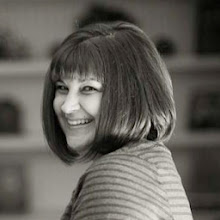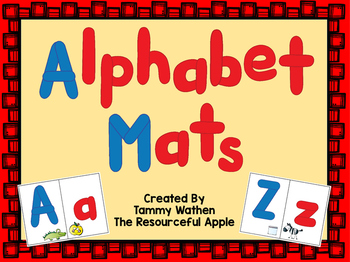Art activities provide fine motor experiences such as paper tearing,
painting and gluing. While painting, we remind our friends
to use their "pinching" fingers as they hold the brush.
Twirling the paint brush is a circular motion
also takes practice at the beginning of the year.
Paper tearing also provides additional experiences
and the scraps are saved for the art center.
Fine motor experience can also be incorporated while teaching math concepts.
We use pony beads for counting and patterning.
Play dough is always a go to with counting and tens frames.
Rolling the dough in itself takes a LOT of practice!
One to one correspondence can be modeled and practiced
using pom poms and recycled marker caps.
The end of the school year is the perfect time to collect
old marker caps from students and teachers alike!
There so so many commercial games and materials for sale
that lend themselves to fine motor practice
like Gumball Grab and Magic Boards.
Scissor practice is another fine motor skill that takes a great deal of practice.
We cut paper and play dough as they offer different resistances.
Last week I added straws and scissors to our sensory table
for additional fine motor practice.
We were then going to add string for threading once the straws were all cut.
BUT..
This was found under the table at the end of day one.
No one claimed it, no parent complained.
LESSON LEARNED!
Scissors will be at the art table with supervision!
Affiliate links are included for your convenience.
Feel free to pin the image below onto your Pinterest boards for easy reference.
For more fine motor inspiration, follow my Fine Motor Pinterest Board.







































